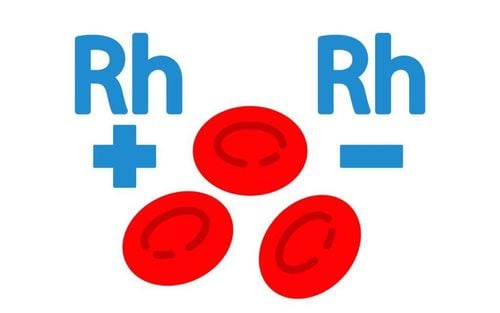This is an automatically translated article.
The article is professionally consulted by Master, Doctor Nguyen Van Thanh - Obstetrician and Gynecologist - Department of Obstetrics and Gynecology - Vinmec Nha Trang International General HospitalWith the high expertise of doctors and the support of technological equipment, mothers still have the opportunity to give birth naturally even after having a cesarean section.
1. What is a normal birth after a cesarean section?
After a cesarean section, a woman has two options for the next delivery:
Continue a cesarean section A vaginal birth, known as a vaginal birth after a caesarean section (VBAC).
2. What is the postpartum labor test?
The test aims to assess the possibility of a normal delivery after cesarean section. If the test is successful, the woman can give birth naturally, and vice versa, if unsuccessful, the woman is forced to have another cesarean section.
3. Some benefits of vaginal delivery after cesarean section (VBAC)
Some of the benefits of a vaginal birth after a cesarean section include:
Avoiding a cesarean section Shorter recovery time Reduced risk of infection Less blood loss than VBAC meets the need for a vaginal birth for many women. Having a vaginal birth after a cesarean section can help avoid some of the health problems caused by multiple cesarean deliveries, like damage to the intestines or bladder, the need for a hysterectomy, or problems with the placenta during pregnancy. next vote.

4. Possible risks of vaginal delivery after cesarean section (VBAC)
Infection, blood loss and other complications are some of the risks. Rupture of an old hysterectomy is a serious but rare risk. Although rare, uterine rupture is a serious risk and can harm both mother and baby. Pregnant women at high risk of uterine rupture are not indicated Normal delivery after cesarean section.
5. Importance of old uterine incision
C-section will leave scars on the skin as well as in the uterus, in which, in some cases, old caesarean scar can lead to uterine rupture. The scar depends on the incision in the uterus:
Transverse incision: The doctor makes an incision across the lowest and thinnest part of the uterus. This is the most common incision and has the least risk of uterine rupture in the future. Low longitudinal incision: The doctor makes an incision from the top down in the lowest and thinnest area of the uterus. This type of incision carries a higher risk of uterine rupture than a transverse incision. Vertical incision in a high position (traditional caesarean section): The doctor makes an incision from the top down, at the top of the uterus. This incision method carries the highest risk of future uterine rupture. Women are forced to make longitudinal incisions in some cases, such as very premature birth.

6. How to recognize the old incision type?
Pregnant women should keep medical papers, so that they can provide full information about the birth method as well as information about the cesarean method in the previous birth. Because just examining the cesarean scar on the skin is not enough for the doctor to evaluate the old cesarean incision.
7. Which hospital offers normal delivery after caesarean section?
Not all hospitals carry out normal delivery after cesarean section, because with this method, doctors need to be experienced to deal with all possible situations during childbirth. Expectant mothers should consult carefully before choosing a reputable hospital.
8. Could there be a problem changing the plan?
Expectant mothers who have planned for a vaginal birth after a cesarean section should be aware that there may be changes compared to the plan, for example, there may be a commanding delivery. Command delivery is a method of stimulating uterine contractions to induce labor. However, this method can cause VBAC to fail, or increase the risk of complications in labor. If changes arise, it is likely that you will have to consider a cesarean delivery.
On the contrary, if a woman has planned for a cesarean section after a previous cesarean section, but has gone into labor before the expected due date, and has a full-term pregnancy and a healthy baby, a vaginal delivery may be an option. best for mom.
Please dial HOTLINE for more information or register for an appointment HERE. Download MyVinmec app to make appointments faster and to manage your bookings easily.
Article referenced source: Acog.org













